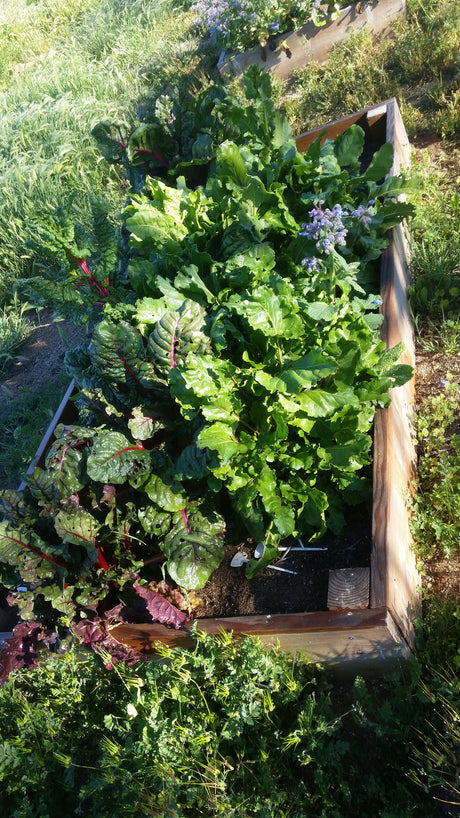
Weed Prevention & Control Without Chemicals
We asked our customers what issues they face in the garden and the top responses were Weeds and Bugs. Today we're going to tackle the Weeds issue. Raised Beds Because...
Mary Smith |
Welcome to our store Learn more

We asked our customers what issues they face in the garden and the top responses were Weeds and Bugs. Today we're going to tackle the Weeds issue. Raised Beds Because...
Mary Smith |
Over 1,000 varieties of Heirloom Seeds
Free Shipping on Qualifying orders of $20 or more
Planting guides to help you grow a successful garden